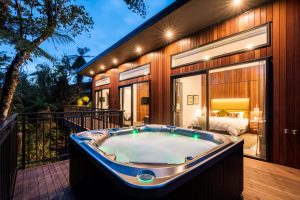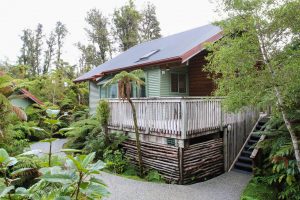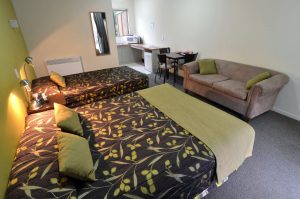The South Island is renowned for its wild and remote locations. And it doesn’t get much wilder or remote than Bruce Bay.
Located 30 minutes south of Fox Glacier on the banks of the Mahitahi River, Bruce Bay boasts a permanent population of 6 residents. If you include the residents of nearby Lake Paringa, you’re looking at a bustling district of 33 people.
The solitude and rawness of this stunning area are what make it so worth a visit. Sitting bravely between dense rimu forest and the wild sea, Bruce Bay and Lake Paringa offer an impressive example of the West Coast at its very best.
Bruce Bay
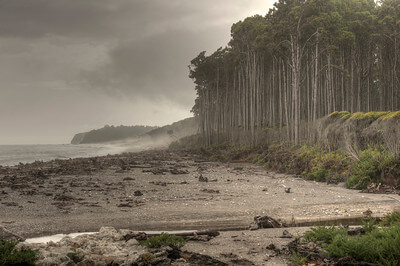
Bruce Bay
Bruce Bay / Mahitahi is a place of special significance to Makaawhio, the local Maori iwi. The beach was once used as a highway for Maori inhabitants travelling around the area and today is the location of the Te Taauaka Waka a Maui marae. Translating as the landing place of Maui’s waka, Te Taauka Waka a Maui marae is on the site where Maui first landed in New Zealand. Flanked by glacial moraine and stunning forests, it’s not hard to see why the area still holds great importance.
Bruce Bay is named after the paddle steamer, PS Bruce. The vessel provided transport for early goldminers and stands as a reminder of the area’s goldmining heritage.
Residents and holidaymakers at Bruce Bay are spoilt for choice when it comes to outdoor pursuits. The area offers fishing, white baiting, and hunting as well as spectacular beach and forest walks. And a West Coast sunset over the Bruce Bay beach is hard to beat.
If you’re keen to spot some wildlife, Bruce Bay is a nesting site for the Fiordland crested penguin. This rare penguin breeds on the mainland and can be found nesting in bushland between July and November.
Lake Paringa
The distinctive horseshoe shape of Lake Paringa is a reminder of the glacier that once scraped through the landscape. Today, the stunning lake is one of the West Coast’s natural highlights offering a wealth of birdlife and the unusual beech gap.
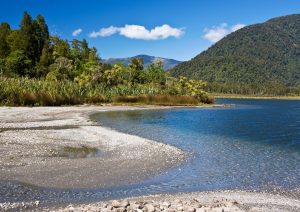
Lake Paringa
A botanical anomaly known as the beech gap begins at Lake Paringa.The area marks the beginning of a stretch of land where podocarp rainforest has regenerated after glaciers cleared the area 18,000 years ago. Because of this, no beech trees grow between Lake Paringa and Taramakau River, south of Greymouth.
If you visit Lake Paringa, make sure you stop and take in the helpful information provided on the interpretive boards.Those with a thirst for knowledge will soak in the information on local history, geology and birdlife.
Take a short walk on the Jamie Creek Walkway through kahikatea, rimu and the last beech trees you will see for a while. Birdlife on the lake includes crested grebe, scaups, mallard ducks, shags and shovelers, the fastest flying waterbirds in New Zealand. In the forest, you may spot kaka, bush falcons and keruru, the native New Zealand wood pigeon.
Bruce Bay and Lake Paringa are 70 kilometres south of Franz Josef Glacier and should take you about an hour to travel there on State Highway 6.
